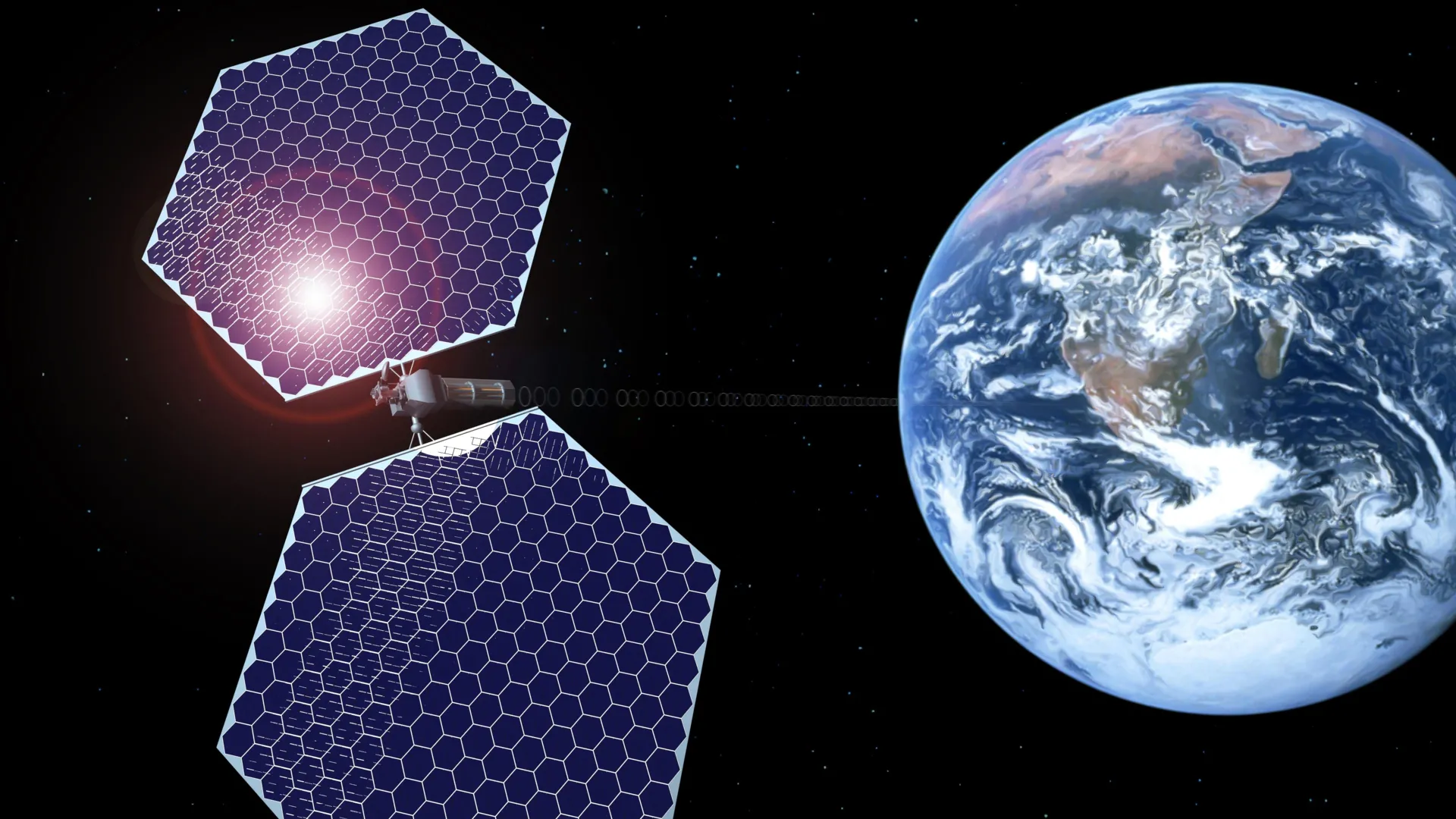Building Big in Space: How Laser-Forming Technology is Shaping the Future

Imagine spacecraft becoming floating factories, using laser beams to form metals into precise shapes while orbiting Earth. This once futuristic concept is now coming closer to reality thanks to the groundbreaking NOM4D project, a collaboration between the University of Florida, DARPA, and NASA’s Marshall Space Flight Center.
At the forefront of this effort is Dr. Victoria Miller, an associate professor of materials science and engineering at UF, and her team of Ph.D. students. Together, they are pioneering the use of laser forming in microgravity to enable the construction of massive structures directly in orbit, bypassing the size and weight constraints of Earth-bound launches.
A New Frontier in Space Manufacturing
The NOM4D (Novel Orbital and Moon Manufacturing, Materials, and Mass-efficient Design) initiative is set to revolutionize how we build in space. Instead of launching fully assembled satellites, antennas, or even parts of space stations from Earth, we could manufacture them on-site, using advanced laser technology to shape metals into complex structures without human intervention.
“We want to build big things in space. To do that, we must start manufacturing things in space,” said Dr. Miller. This vision includes constructing solar arrays stretching over 100 meters or giant telescopic structures, all made possible through precise laser forming techniques in microgravity environments.
The Science of Laser Forming
Laser forming involves tracing carefully calculated patterns on metals, where heat from the laser bends the material into desired shapes. The team has been conducting controlled tests on aluminum, ceramics, and stainless steel to understand how laser energy, heat, and the absence of gravity influence material behavior.
“The challenge is ensuring that the bent regions maintain their strength and flexibility,” Miller explained. Ensuring material integrity while achieving precise shapes is critical for making orbital manufacturing reliable.
Collaborations with NASA’s thermal vacuum chamber are enabling UF researchers to simulate space-like conditions, providing crucial insights into how materials respond to extreme temperatures and vacuums.
Implications for the Future
If successful, the NOM4D project could usher in an era where space telescopes, habitats, and even components of future lunar bases are built on-site rather than shipped from Earth. This leap would reduce costs, enable larger and more ambitious designs, and make long-duration space missions far more feasible.
As Ph.D. student Tianchen Wei put it, “This opens up a wide range of new possibilities for space exploration, satellite systems, and even future habitats.”
Read the original article here: UF team explores laser-forming technology for orbital manufacturing.
References
ScienceDaily (2025): "UF team explores laser-forming technology for orbital manufacturing." Accessed July 7, 2025.
Sponsored by PWmat (Lonxun Quantum) – a leading developer of GPU-accelerated materials simulation software for cutting-edge quantum, energy, and semiconductor research. Learn more about our solutions at: https://www.pwmat.com/en
📘 Download our latest company brochure to explore our software features, capabilities, and success stories: PWmat PDF Brochure
📞 Phone: +86 400-618-6006
📧 Email: support@pwmat.com
#SpaceManufacturing #LaserForming #MaterialsScience #OrbitalConstruction #QuantumServerNetworks #SpaceExploration #AdvancedMaterials

Comments
Post a Comment